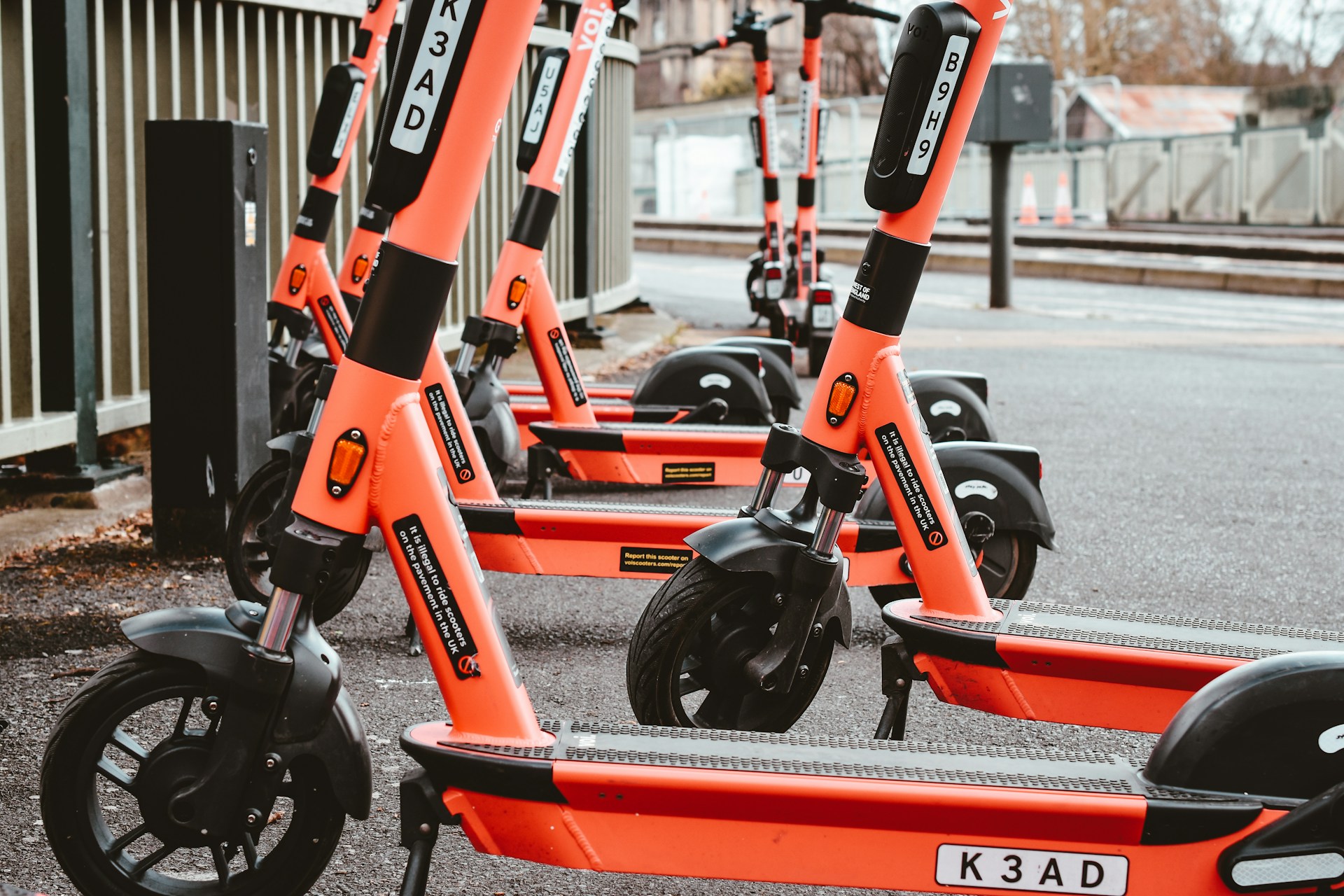Electric scooters have become a fun and easy way to move around. They are cheap, fast, and convenient, helping people get from one place to another without getting stuck in traffic.
However, in many cities, things are starting to change. Local authorities have started banning or limiting them, mainly because of safety issues, accidents, and scooters being left all over the pavements.
Let’s take a deeper dive into these bans and how they are affecting families on city breaks.

There are various reasons why electric scooters are being banned in various cities, but most of them come down to safety and order.
One of the biggest concerns is safety. Many riders go too fast, weave through traffic, or ride on pavements, putting both themselves and others in danger. Because scooters are so easy to rent and ride, some people use them without much experience or understanding of the rules. Most don't wear safety gear like helmets, which makes injuries even worse when accidents happen.
Another major problem is parking. After finishing their rides, many users leave scooters just about anywhere. Some leave them across pavements, others at doorways, and even in the middle of pedestrian paths. This has caused real inconvenience, especially for people pushing prams or using wheelchairs.
When electric scooters first appeared, many cities didn’t have proper rules to manage them. There were no clear laws on who could use them, how old riders should be, or where they were allowed to ride (on the road, the cycle lane, or the pavement).
This lack of regulation created confusion for everyone. Some people used scooters responsibly, but others treated them like toys rather than vehicles. This disorder has also contributed to the bans, with many cities hitting pause to rethink how scooters should fit into public spaces.

E-scooters quickly became a staple of modern travel and transformed tourism in cities like London, Paris, and Rome, making movement easier between attraction sights. Instead of cramming into buses or walking, most tourists preferred the convenience and ease of electric scooters, so their ban has definitely changed things in several ways.
Families now have to rely more on buses, trains, or taxis. These can be crowded or confusing, especially for tourists who don’t know the routes. Waiting for transport also takes time that could be spent exploring and sightseeing.
With scooters, it was easy to move freely and stop anywhere that looked interesting, whether that was a café or a park. Now, families stick more to main routes or tourist areas. This has also reduced flexibility and fun during city trips, as families can’t explore as much or make spontaneous stops along the way.
Electric scooters were budget-friendly. A few short rides could cover several places without costing much. Compared to taxis or ride-hailing apps, scooter rides were often just a fraction of the price, especially for short city trips.
Now that scooters are banned in many places, families have to rely on taxis, trains, and buses, whose costs can quickly add up, especially in big cities where attractions are far apart. A few short taxi rides each day can easily double or even triple the daily transport budget.
Electric scooter bans have definitely changed how most people move around cities. Families are now finding other ways to get around, such as e-bikes, which are still allowed in most places, guided walking tours, and even tour buses.
However, while all these options help, they don’t fully replace the freedom and excitement that electric scooters offered, and many people are still hoping that one day, they will make a safe and well-organised comeback.


If you want the latest information on the best Hotel Executive Club Lounges, Hotel Kids Clubs and other travel information, be sure to sign up for our free newsletter full of tips and great travel ideas.